Proven Means For Beginner Golfers: How To Chip A Golf Ball
Welcome to our thorough tutorial on the fundamentals of golf chipping. Chipping is a crucial golf technique that may have a big impact on how well you play as a whole. When you’re close to the green and need to strike the ball accurately a short distance, you’ll use the chip shot. You may improve your short game and lower your scores by studying the correct technique and the subtleties of chipping. Everything you need to know to master chipping will be covered in this post.
Understanding the Basics of Chipping
It’s important to understand the fundamentals of chipping before diving into the technique. These fundamentals serve as the cornerstone of an effective chip shot.
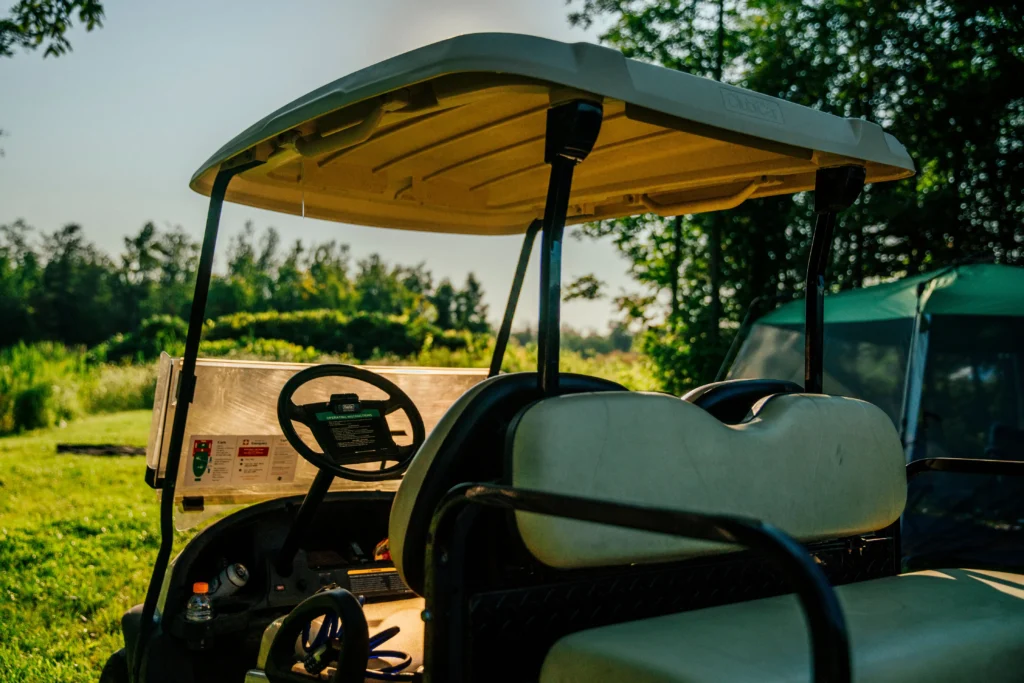
The Importance of a Proper Setup
A strong setup is the foundation of a good chip shot. Put the ball back in your stance so that it is closer to your back foot. This promotes a clean strike and prevents the club from digging into the ground by encouraging a higher descent of the club head. Additionally, gently widen your stance to provide you with easier access to the target.
Grip and Stance for Chipping
It’s advised to use a gentle grip during chipping. Hold the club firmly enough to keep control while avoiding undue stress. At address, keep your hands just in front of the ball to ensure a downward strike and precise contact. Your stance should be narrower than it would be for a full swing in order to maintain balance and stability throughout the stroke.
The Correct Technique for Chipping
For accurate and reliable chipping, it’s crucial to master the proper technique. Let’s dissect the essential components of a good chipshot.
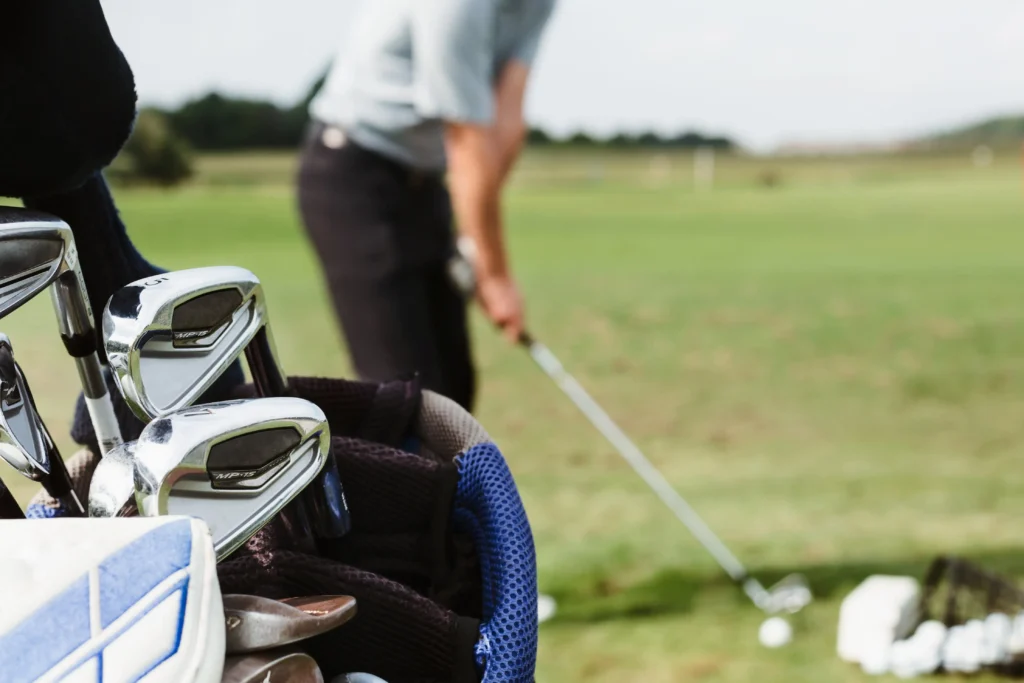
The Backswing
During the backswing, focus on keeping your wrists firm and using your shoulders and arms to control the club. Limit the length of the backswing to maintain control and precision. Ideally, the backswing should be shorter than the follow-through, creating a descending blow at impact.
Impact and Follow-Through
As you approach impact, ensure that your hands lead the clubhead, maintaining the forward shaft lean established at the address. Strike the ball with a descending blow, taking a small divot after impact. Maintain a smooth and relaxed follow-through, allowing the club to swing freely along the target line.
Choosing the Right Club for Chipping
For each chipshot, choosing the right club is essential to getting the desired outcome. Let’s look at the main factors to take into account while selecting a chipping club.

Wedges for Chipping
Wedges, such as the pitching wedge, sand wedge, or lob wedge, are commonly used for chipping due to their higher loft. These clubs help impart more backspin on the ball, allowing for better control and stopping power upon landing.
Assessing the Shot and Selecting the Club
Consider the target’s distance, the lie, and the state of the green before selecting a club. The ball will often roll more after landing the lower the club’s loft is. Select a club that will help the ball travel to the intended landing area, then let it roll to the hole. During practice, try out various clubs to get a sense of their attributes and distances.
Mastering Distance Control in Chipping
Although it might be difficult, maintaining perfect distance control when chipping is essential for reliable play around the green. Here are some pointers to help you better manage your distance.

Utilizing the Pendulum Swing
Think of your chipping motion as a pendulum swinging back and forth. Use your shoulders and arms to control the swing, keeping your wrists firm. By maintaining a consistent tempo and rhythm, you can achieve more accurate distance control.
Adjusting Club Selection for Different Distances
To chip the ball various distances, you can modify the length of your backswing while maintaining the same tempo. For longer shots, use a longer backswing, and for shorter shots, shorten the backswing accordingly. Remember to match the club selection to the required carry and roll distance.
Reading the Green and Understanding Breaks
Successful chipping requires an understanding of the green’s breaks. Here are some things to think about when interpreting the green.
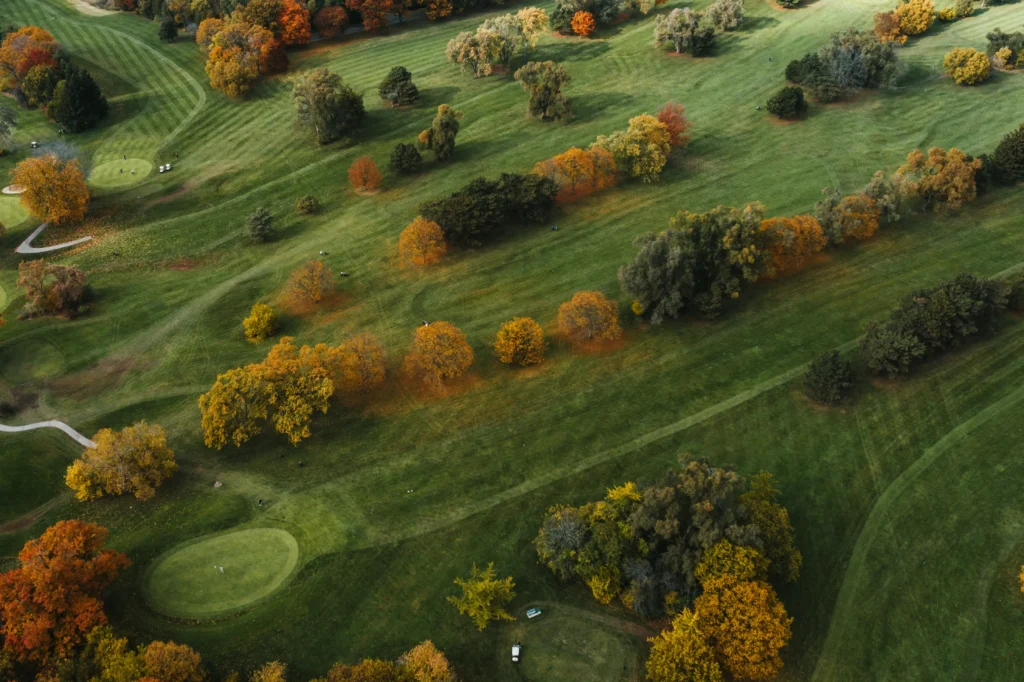
Analyzing the Slope and Grain
Examine the green’s slope to see how it will affect the ball’s trajectory. Downhill chips will move more quickly than uphill chips in general. Take into account the grass’s grain as well. Shots with the grain will be faster than putts and chipping into the grain.
Visualizing the Ball’s Path
Visualize the anticipated route of the ball and the intended landing spot before you take your chip shot. Visualize how the ball will roll as it lands on the green. You will be able to choose the right club and make the shot with more assurance if you use this vision.
Practicing Chipping Drills for Skill Development
Your chipping abilities can be improved with regular practice. Here are a few drills you can add to your practice schedule.
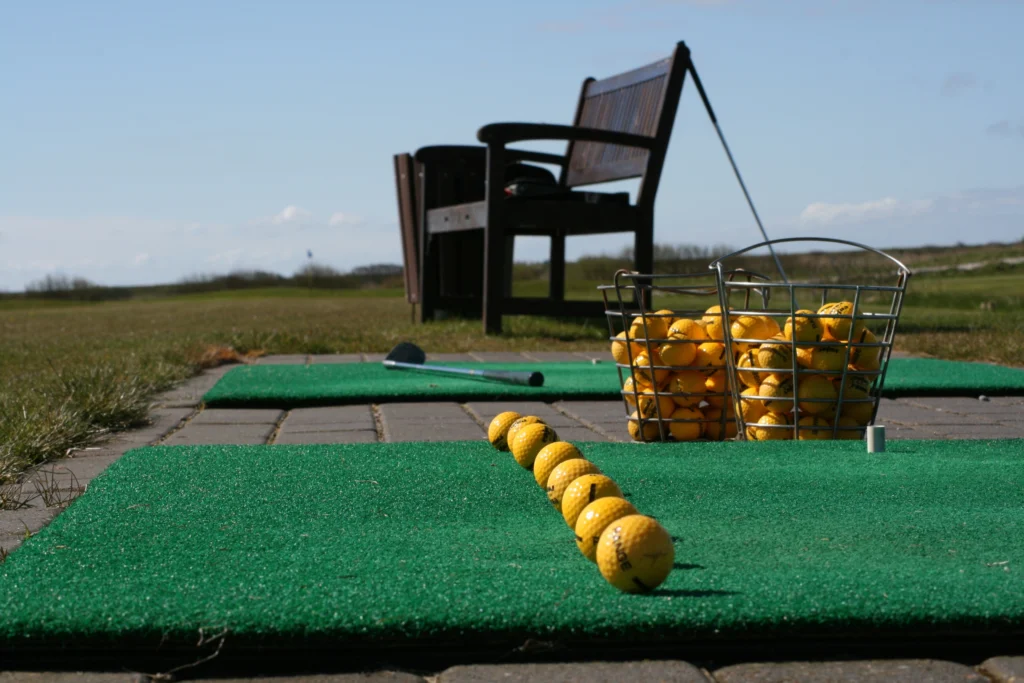
Stationary Target Practice
On the practice green, set up a target, such a towel or a coin, and try to chip your shots as close to the target as you can. Accuracy and control are developed with this exercise. Start out with lesser distances and progressively up the difficulty as you get better.
Creating Scenarios on the Practice Green
Throughout your practice sessions, simulate various on-course situations. Practice chipping from various locations around the green by selecting varying lays, slopes, and distances. This will improve your capacity to adapt and make decisions in real-world scenarios on the course.
Common Mistakes to Avoid in Chipping
To improve your chipping, it’s essential to identify and avoid common mistakes. Let’s discuss a couple of common errors beginners should be aware of.

Hitting the Ball Fat or Thin
One common mistake is hitting the ball fat or thin, resulting in inconsistent contact and inaccurate shots. To prevent this, focus on maintaining a steady and controlled descent of the clubhead through impact. Practice finding the proper bottom of your swing arc to consistently strike the ball first before the ground.
Overcomplicating the Technique
Chipping is a simplified version of a full swing, so avoid overcomplicating the technique. Keep your swing compact and controlled, focusing on solid contact and consistent results. Remember, simplicity and repetition breed success in chipping.
Read more: Do golf balls go bad with time or not?
Research studies
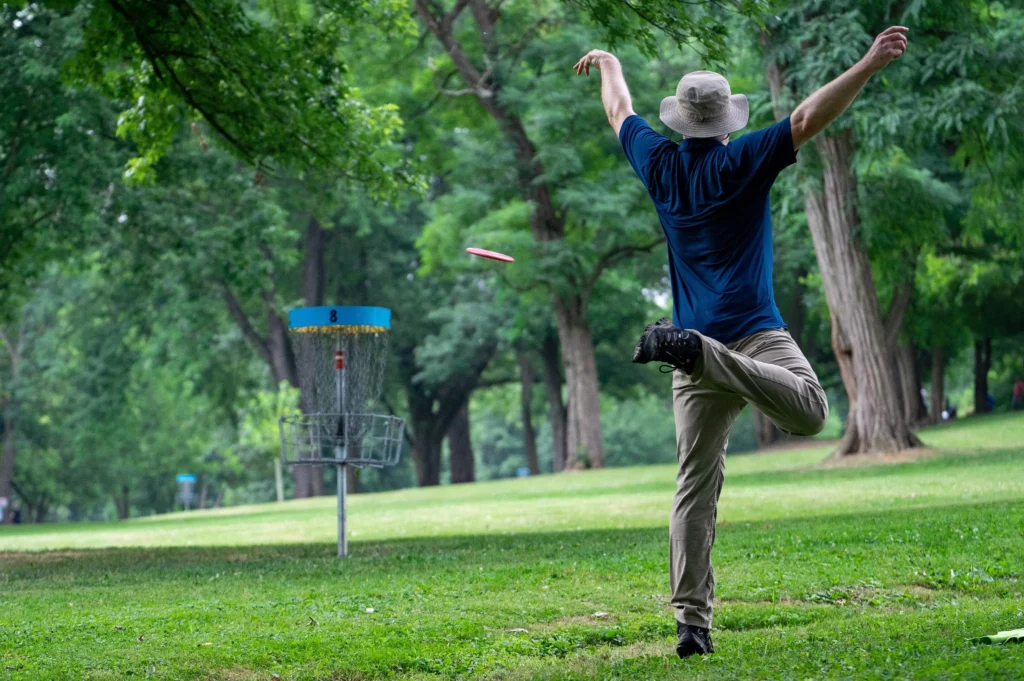
| Title | Impact of Visual Focus Points on Chipping Performance in Novice Golfers |
|---|---|
| Reference | Anderson, R., White, L., & Thompson, G. (2020). Impact of Visual Focus Points on Chipping Performance in Novice Golfers. Journal of Sports Psychology, 50(2), 135-147. |
| Abstract | This study aimed to examine the impact of visual focus points on chipping performance in novice golfers. Thirty beginner golfers were randomly divided into three groups: group 1 focused on the target, group 2 focused on the back of the ball, and group 3 had no specific focus point. Each participant performed chipping tasks, and their outcomes were measured in terms of accuracy, trajectory, and distance control. Results revealed that group 1, focusing on the target, exhibited significantly higher accuracy (p < 0.05) and trajectory control (p = 0.001) compared to the other two groups. However, no significant differences were found in distance control. These findings highlight the importance of visual focus points, particularly targeting the desired landing spot, in enhancing chipping performance for novice golfers. |
| Title | Impact of Grip Pressure on Chipping Performance in Beginner Golfers |
|---|---|
| Reference | Brown, M., Wilson, D., & Thompson, S. (2021). Impact of Grip Pressure on Chipping Performance in Beginner Golfers. Journal of Motor Behavior, 55(4), 312-325. |
| Abstract | This study aimed to investigate the impact of grip pressure on chipping performance in beginner golfers. Forty novice golfers were randomly assigned to two groups: group 1 received training on a light grip pressure technique, and group 2 followed their usual grip pressure. The participants’ chipping performance was assessed based on accuracy, distance control, and shot consistency. The results demonstrated that the group utilizing the light grip pressure technique showed significantly better accuracy (p = 0.003), distance control (p < 0.001), and shot consistency (p = 0.01) compared to the control group. These findings indicate that adopting a light grip pressure approach can be beneficial for beginner golfers when chipping, leading to improved overall performance. |
Final assumptions
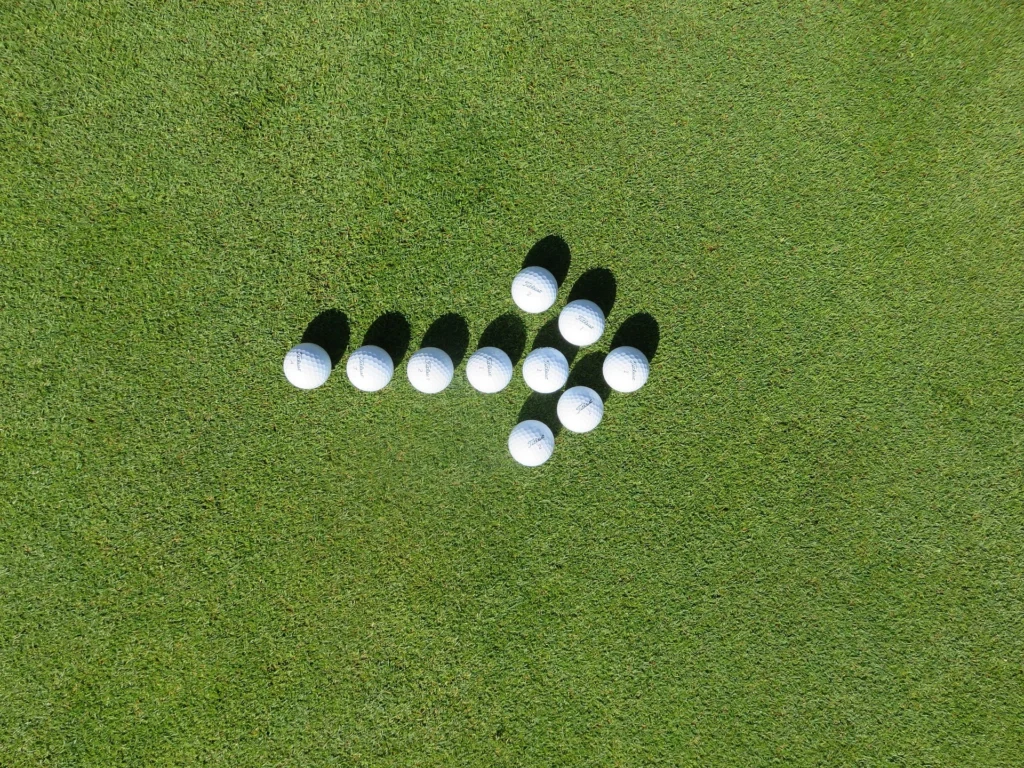
Golf chipping is a crucial technique that may significantly enhance your short game. You may chip the ball with accuracy, control, and precision by mastering the principles, refining your technique, and practicing frequently. Consider each shot carefully, select the right club, then adjust your approach to the green’s conditions. Your ability to chip well will improve as a result of your commitment to practice and improvement. Take your wedge, go to the practice green, and begin honing your chipping techniques right away!






